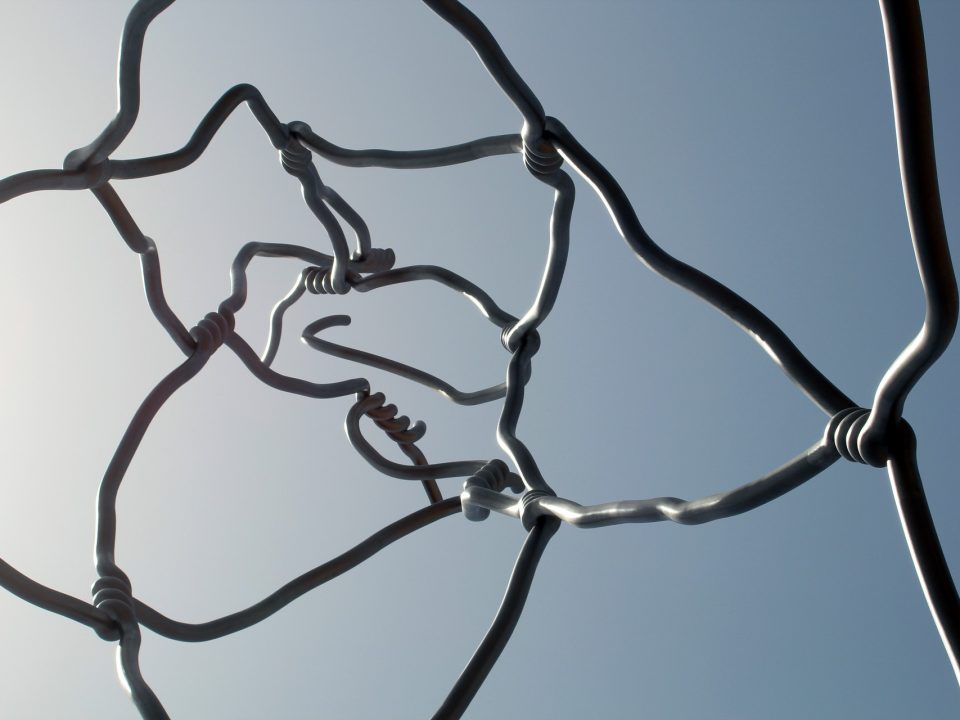Followup: Rare Nickel Fetches $4.56 Million

I wrote a little while ago about the rare, beautiful Eliasberg 1913 Liberty Head Nickel, which was slated for auction here in Philadelphia. The coin, which is one of only five ever minted and also reckoned to be the best specimen of the quintet, went up f0r sale at the American Numismatic Association’s World’s Fair of Money, a celebrated convention of coin hobbyists. It was reckoned that the nickel would sell for millions, and the speculators were not wrong. The coin fetched the awe-inspiring price of $4.56 million, paid by Laura Sperber with Legend Numismatics, her partner Bruce Morelan, and an anonymous customer from their company who partnered on the purchase.
The Eliasberg 1913 Liberty Head Nickel is named for financier Louis E. Eliasberg, who purchased the coin in 1948. Eliasberg boasted of one of the greatest coin collections in U.S. history, and experts tend to agree with his assessment. In 1913, the common five-cent piece was the buffalo nickel. It remains unknown who struck the Liberty Head nickels. Of the remaining four, two are in museums – one is in the care of the Smithsonian – and two are in private collections. The coin was minted in Philadelphia 105 years ago, making it appropriate that it’s where it also found a new home.
“The coin is priceless. It’s an American treasure. A piece of U.S. history. There are five of these known, three of them in private hands. Two in museums including the Smithsonian,” said Brian Kendrella, President of Stack’s Bowers Galleries, of the auction agency, to CBS Local.
According to Fox News, which covered the story:
“Rare coins are big business. Earlier this year, a small $5 gold coin produced by the San Francisco Mint during the height of the California Gold Rush was estimated to be worth “millions of dollars.” The coin’s owner initially had thought that the money was fake.”



